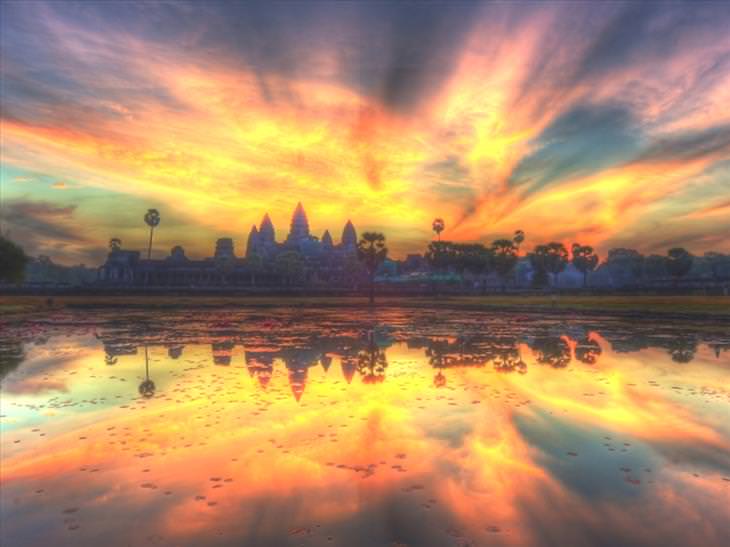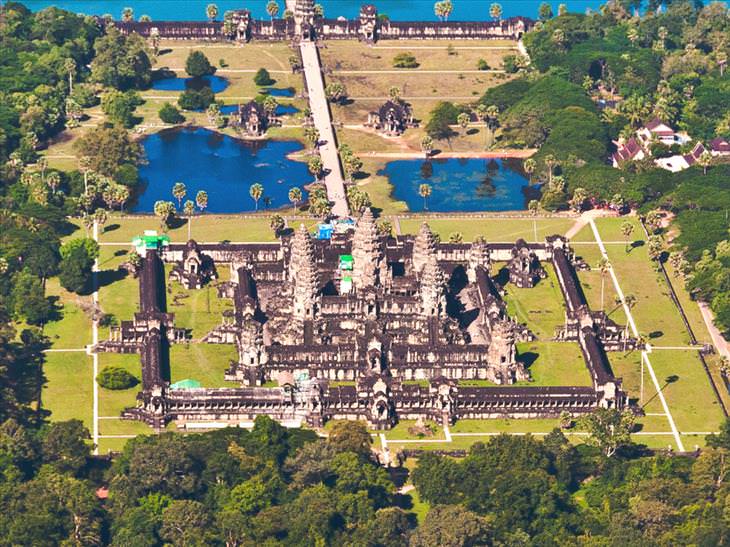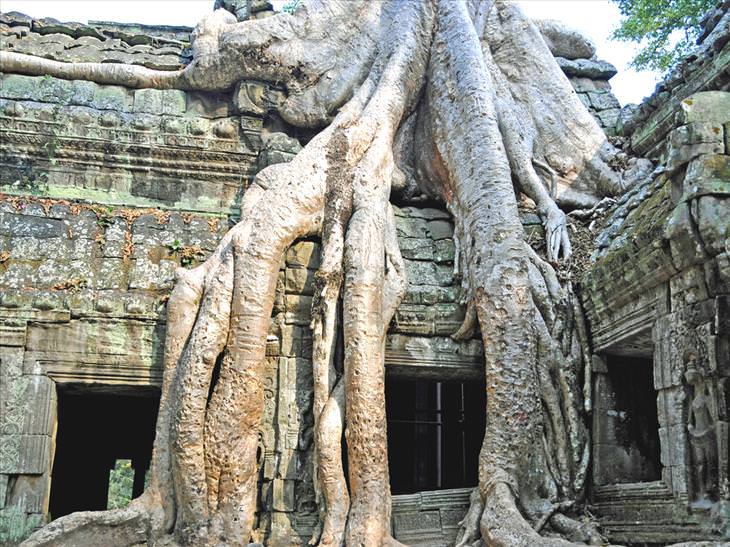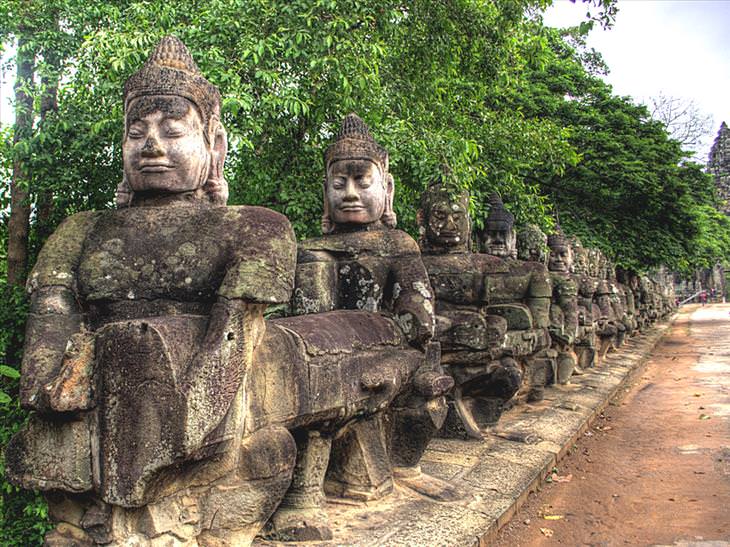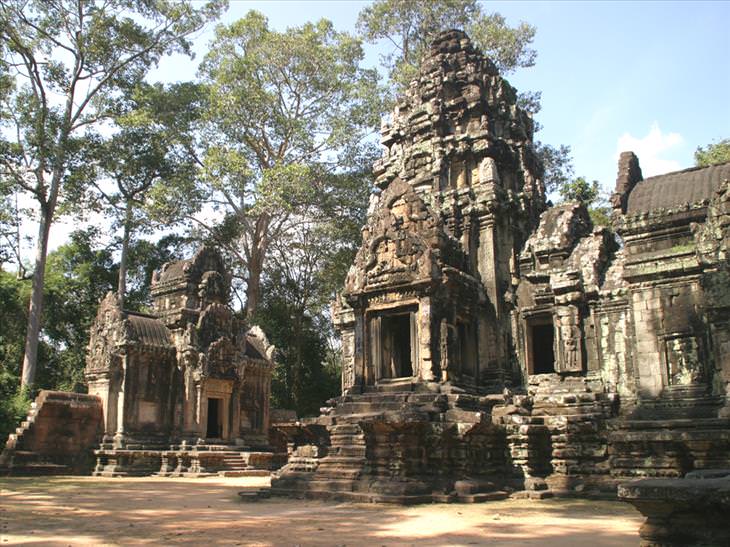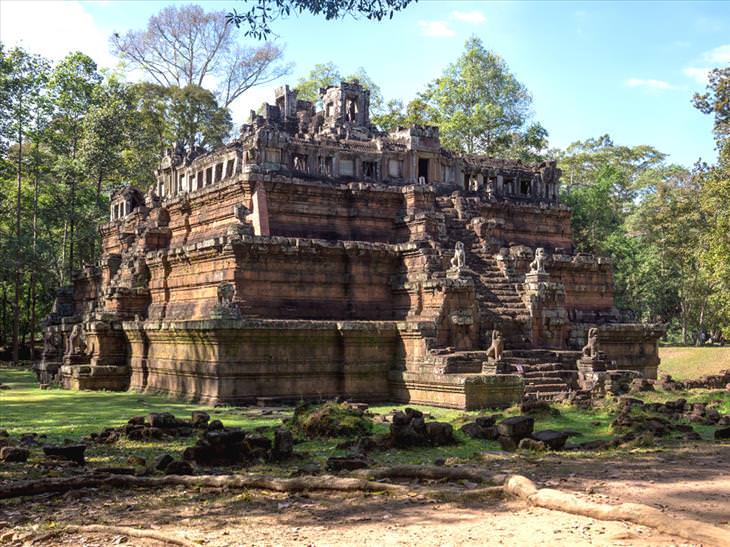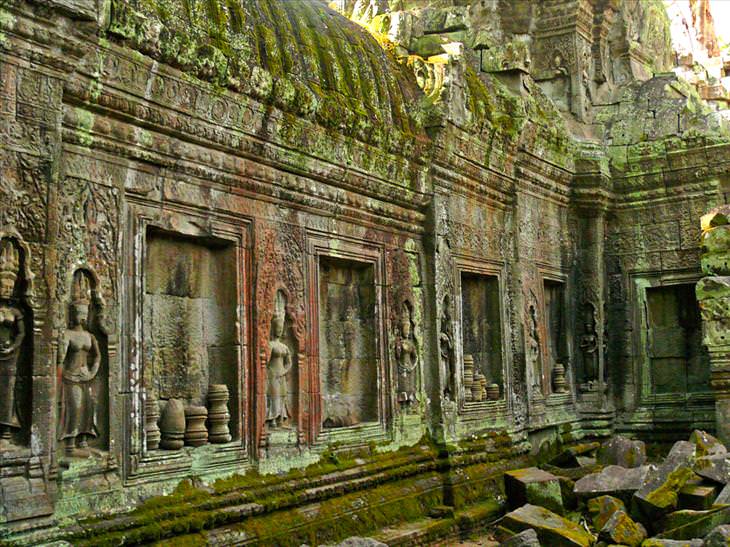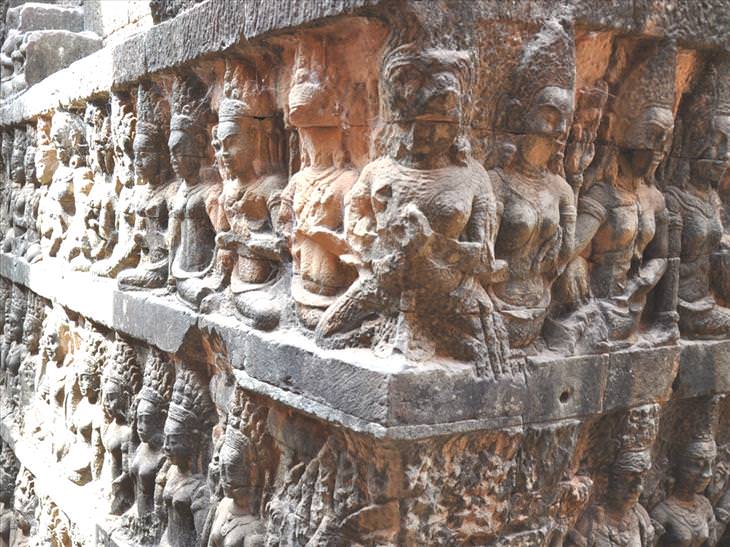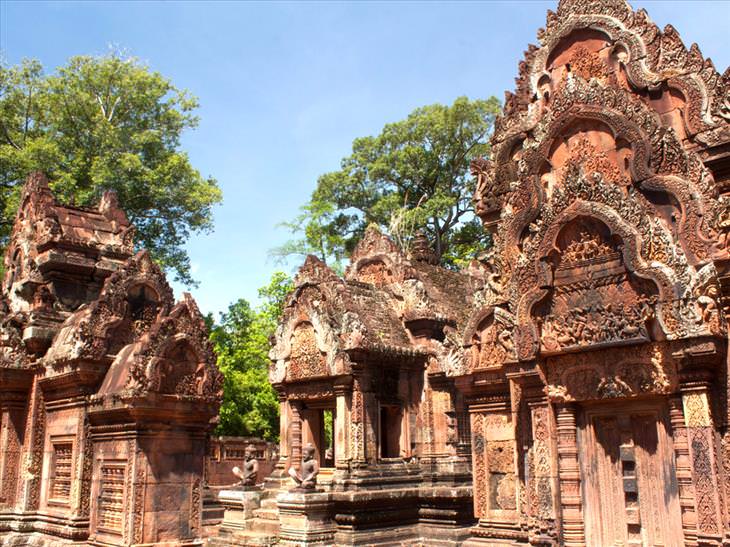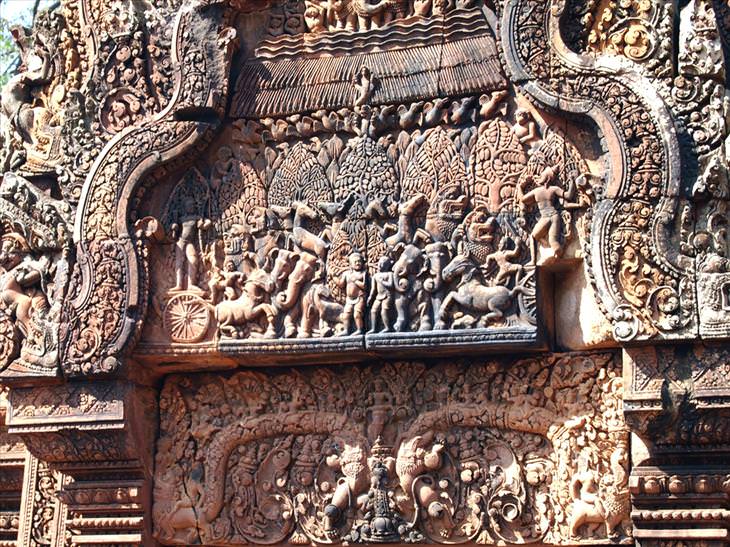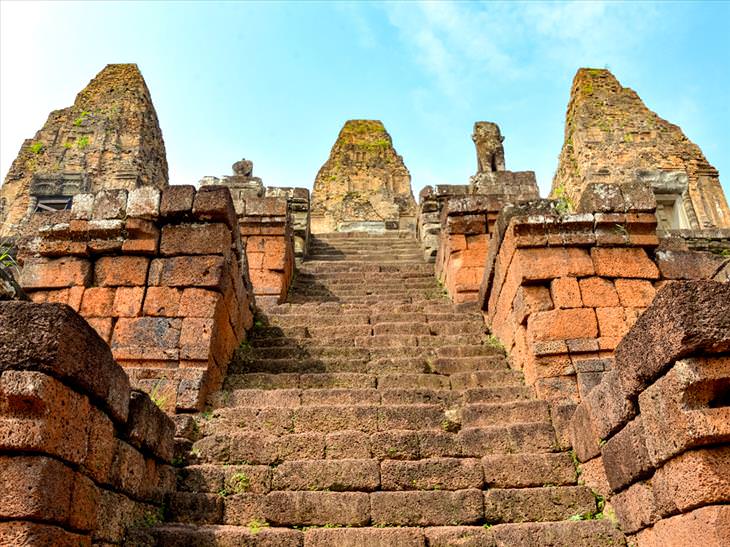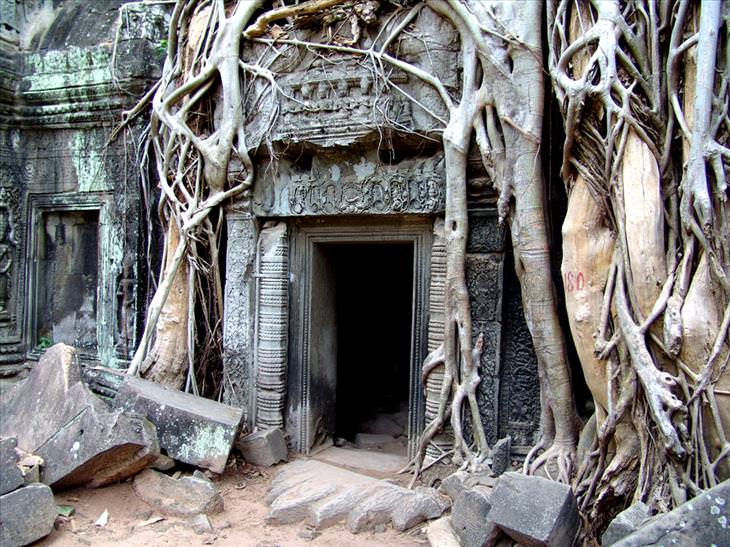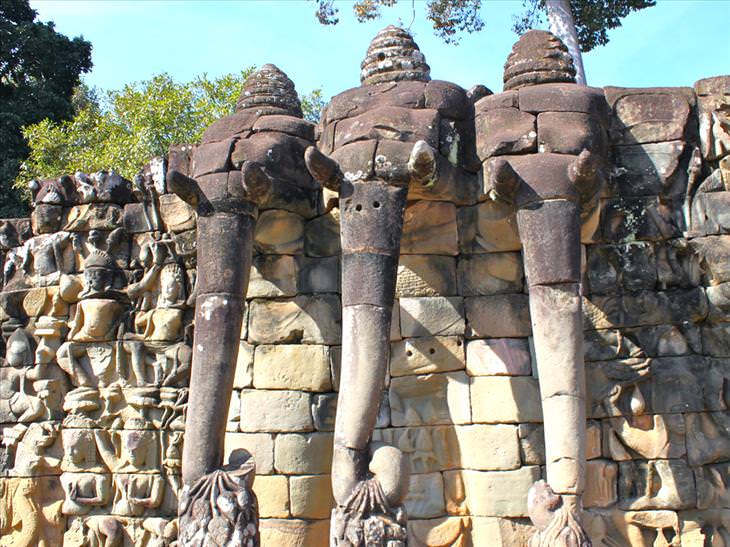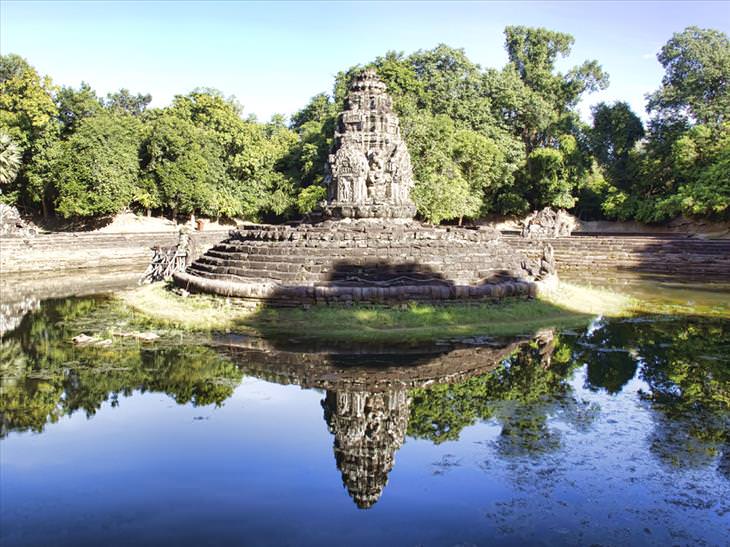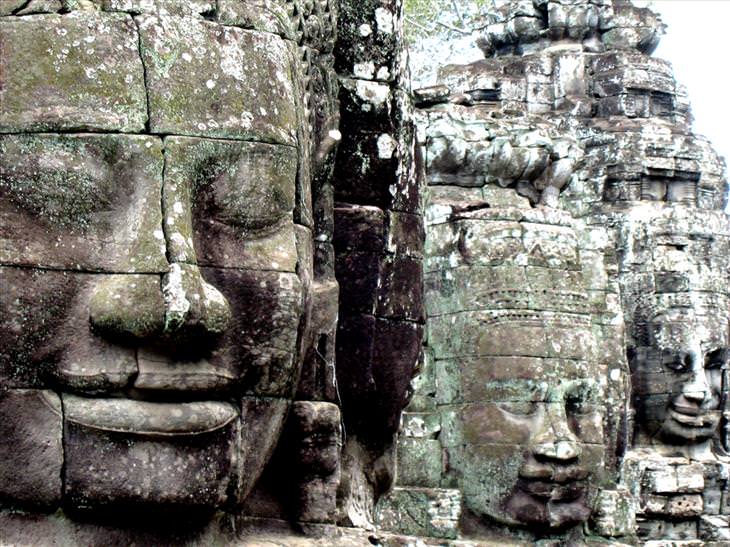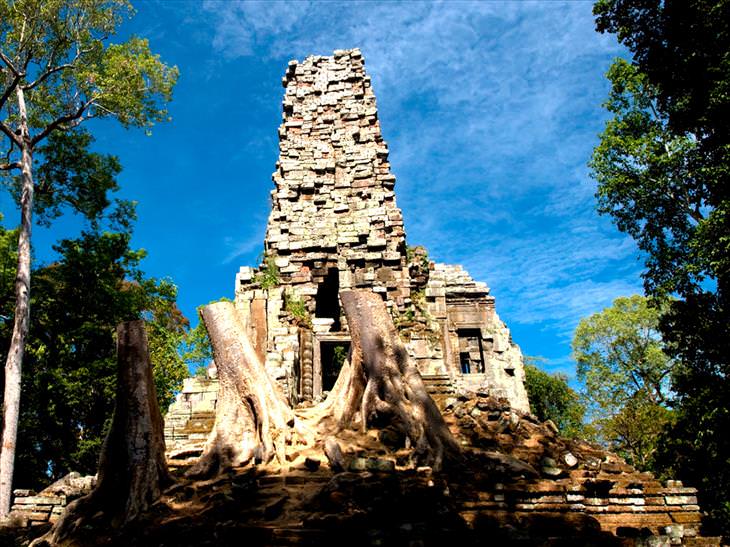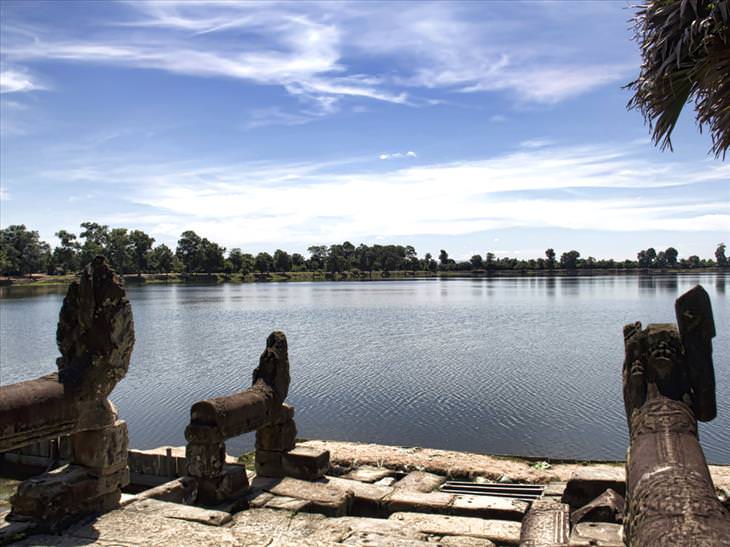

This Landlocked Eastern European Country Will Surprise You
Many people have never even heard of Moldova, but this landlocked Eastern European republic has much to offer. Here are the top 10 places to visit in Moldova.

Sweden Is a Wonderful Country Full of Attractions to See
Sweden isn't often thought of as a tourist destination, but it actually has plenty to offer. Here are the 15 best tourist attractions to be found in Sweden.
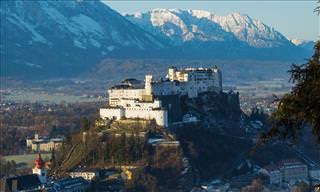
These Cheap Alternatives to Major Destinations Are Awesome
Instead of considering the usual vacation destinations, take a look at this list, which shows you cheap alternatives to the usual places you're likely to visit.
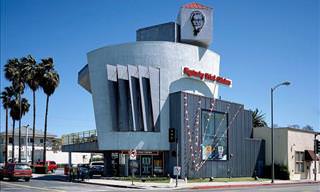
What Were They Thinking When They Put Up These Buildings!?
There are always buildings that people wish were never constructed, and the 50 you're about to see in this post are no exception. Here they are!
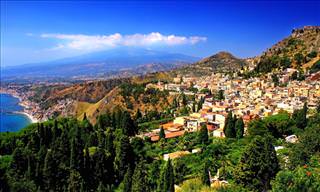
This Amazing Island Is the Mediterranean's Largest of All
Sicily is the largest island in the Mediterranean, and a rich heritage that's just waiting to be discovered. Read on to discover the top 10 places in Sicily.
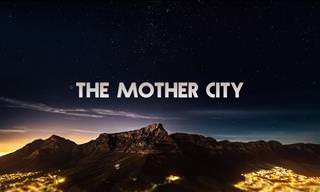 3:03
3:03
The Beauty of Cape Town Is Highly Apparent In This Video
Cape Town is undoubtedly one of the world's most beautiful cities, and this video captures it in the most incredible way. Take a look at Cape Town's beauty.
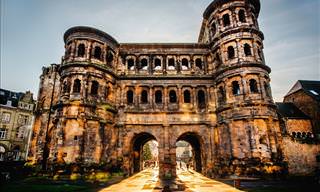
Discover Germany’s First City: The Beautiful City of Trier
Germany has many large and respectable cities, but none are like Trier - the first city established in the country. Tour the city through these wonderful pictures.
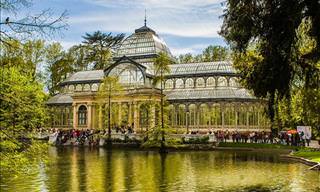
Travel Guide to Madrid: The 12 Most Recommended Sites
Bustling Spain is home to some of the most impressive sites in Europe, and many of them are in its capital, Madrid...
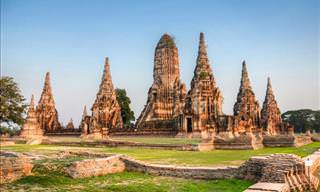
These Thai Temples Are Incredible Pieces of Art
Thailand has a lot to see and do, some of the main attractions are the many temples in the country. Here are 10 special and magnificent temples worth seeing.
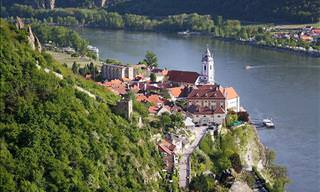
14 Small Towns and Cities That Reveal Austria's True Charm
Get to know Austria's lesser-known cities and towns. They may be small but they tell the true story of the beautiful country in their humble and wonderful way.

Cheers! 8 European Brews All Beer-Lovers Need to Taste
The most noteworthy European beers, what makes them special, and what food goes great with them
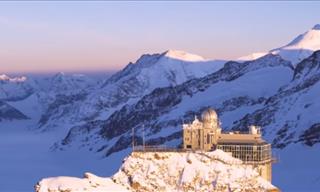 10:27
10:27
Take a Scenic Ride Through Europe’s Highest Alpine Railway
Embark on a journey all the way to Jungfrau mountain in the Swiss Alps, 3.454 meters (8.051 ft) above sea level, on a train!
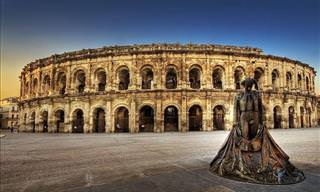
10 Must-See Amazing and Unfamiliar Sites across France
France is filled with familiar and loved sites such as the Eifel Tower, but there are quite a few that are just as spectacular just not as know, here are 10 of them.
 9:17
9:17
The Biggest Carry-On Mistakes Most Travelers Make
Airlines keep tightening carry-on rules, but most travelers still make the same avoidable mistakes.
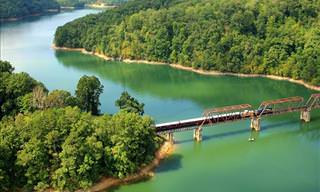
Here Are Some of the USA's Most Stunning Train Routes
The USA is home to loads of scenic train routes that are perfect for the whole family to enjoy together. Here are 8 of the very best!
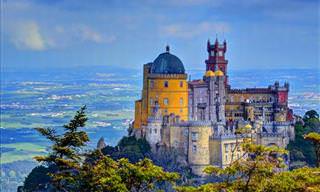
What Beauty! This European Country Has So Much to Offer
8 spectacular places that will probably make you pack your bags and plan your next vacation!
 9:14
9:14
These Careers Sound Fake but Are 100% Real!
Let’s take a look at some of the most unusual professions that exist today.
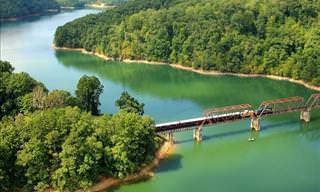
Admire the Most Scenic Places in the US In This Collection
Behold a collection of the most picturesque and truly majestic places in the United States, as well as the best ways to travel through the US
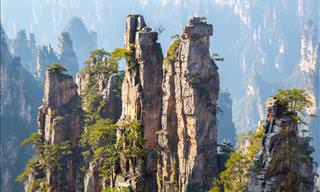 14:58
14:58
This Province Is One of the Most Stunning You've Ever Seen
The Wulingyuan Scenic Area in China's Hunan Province is one of the most stunning spots in the world and is what inspired the making of the film Avatar.

The 7 Oldest Cities on Earth that Still Stand
Many cities have been erected through history, and many have fallen to natural disaster or war. These cities have stood the test of time.
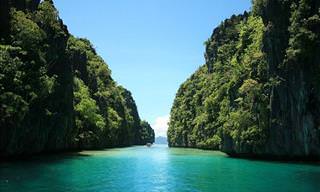
12 Beautiful Places that Will Give You Wanderlust
with all due respect to the places you’ve visited, there are special landscapes and world-famous attractions that can be seen only in these places.
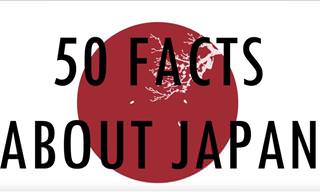 11:13
11:13
50 Interesting Facts About Japan That Are Actually True
Learn about all these interesting and true facts about Japan.
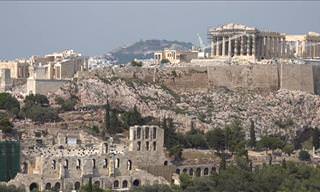 6:43
6:43
Visit the Ancient Sites of Greece in Stunning 4K HD
This stunning 4K video in ultra HD will take you on a journey to some of the must-see spots in Greece.

8 Winter-Perfect National Parks You Should Visit This Year
Here are some of the world’s best national parks to visit during the colder months.

The World’s Best National Parks for Amazing Walking Trails
Here are 11 of the best walkable national parks where every step feels rewarding.
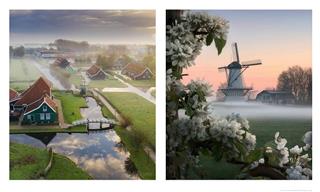
Fairytale Netherlands: 16 Pictures Too Pretty to Be Real
These gorgeous photos celebrate the beauty of the Netherlands.
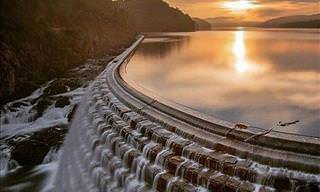
Take a Look at These 14 Gorgeous Scenes. Enjoy the Beauty!
If you think you've seen everything our amazing world has to offer, check out this article and see how wrong you are!
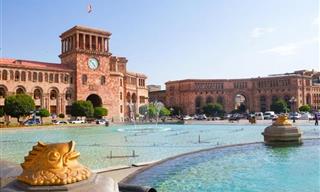
Exploring Beautiful Yerevan, the Capital of Armenia
Let's go on a journey in the capital of Armenia, Yerevan, and show you what you should see and do there.
 4:27
4:27
If You Come to Sable Island, You May Not Want to Leave...
It is a slice of heaven, a protected park and reserve that is wonderful to see in this overly industrialized world. Let's take a flight there and look around...
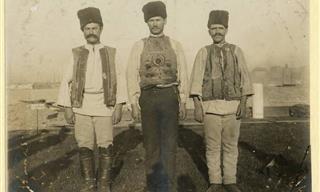
Vintage Pics Show a Fascinating Period in American History
Take a look at these age-old photos showing the immigrants who just arrived at Ellis Island in America.
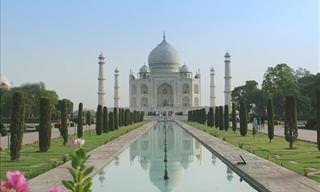 3:51
3:51
See the Seven Wonders of the World in Stunning 4K
Very few things on this planet come close to the beauty and majesty of the Seven Wonders of the World, as this 4K video proves.
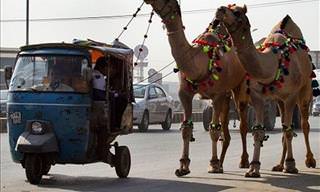
These Photos Could Only Be Taken in India...
India is an enormous, diverse and complex place. Some of the sites you'll see in this fascinating country are unlike those you'll see anywhere else. Take a look
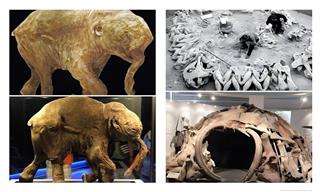
14 Captivating Images That Rewrite What We Know of History
We’ve gathered some fascinating posts that tell surprisng secrets of our past.
 26:27
26:27
The Mysteries of Akkad and Other Lost Biblical Cities
Can we really find the lost Biblical cities?
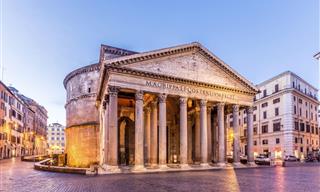
7 Mind-Blowing Facts About Rome’s Pantheon
Besides being an impressive building, the Pantheon holds centuries' worth of history. Here are 7 fascinating facts about the iconic Roman structure.

12 Towns in Germany That Bring Old Magic to Life
Germany has a reputation for being a cold country, which may be true about its big cities, but not to these 12 small old towns surrounding them ...
 4:01
4:01
WATCH: It's Time to Be Staggered by Germany's Beauty
Germany is often thought of in terms of its past, but it's an amazing place to visit in the present. This truly stunning land will enchant you. Take a look.
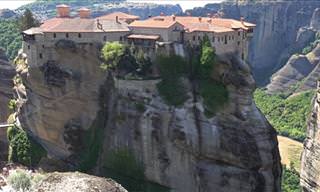 10:53
10:53
Explore the Beauty of Meteora In Stunning 4k Quality!
Meteora in Greece is an extremely beautiful place, especially when it is portrayed in stunning 4k quality.
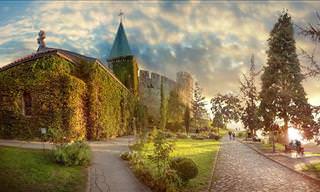
15 Places In the City of Belgrade One MUST Visit
Belgrade is a fascinating, beautiful city. If you're thinking of it as an alternative travel destination, be sure to visit these 15 places.
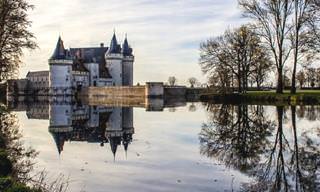
These Places In France Are An Absolute Must-Visit
France is such a beautiful and varied country, so it's perhaps no wonder that it's the world's most popular tourist destination. Take a look at these 15 places.
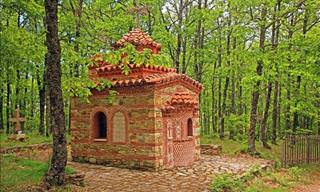
Take a Look at These Beautiful Chapels in Europe
Take a look at some of the most stunning chapels in Europe.
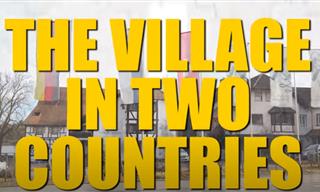 5:14
5:14
This Cute German Town is Surrounded by Switzerland
Explore the unique village of Büsingen am Hochrhein - a German town that is entirely surrounded by Switzerland.
 24:13
24:13
What It's Like to Work in the Most Dangerous Jobs
You'll thank your job after seeing what these people have to do to earn their bread.
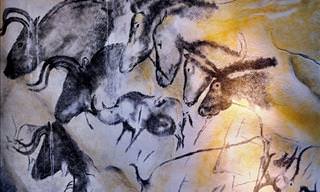
Art so Gorgeous, You Wouldn’t Believe Cavemen Drew It
A description of the findings at the Chauvet Cave at Pont d'Arc

Comparing the Best Beaches in the USA
Whether you're chasing consistent sunny days or seeking prime surfing spots, this guide pinpoints exactly where you'll find America's best beaches.
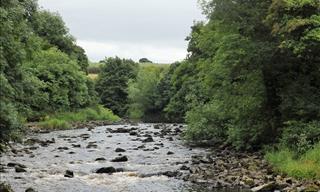
5 Shortest Rivers of the World You Must Explore Once
Here's a look at some of the shortest rivers in the world that you probably weren't aware of.
To enable your Ad-Free Subscription, please fill the fields below
Your subscription was successful, now you can enjoy an ad-free experience!! Note: To make sure you get no ads, please make sure to log in to your account. If you are logged in already, then refresh the page. The subscription can be cancelled at any time.



